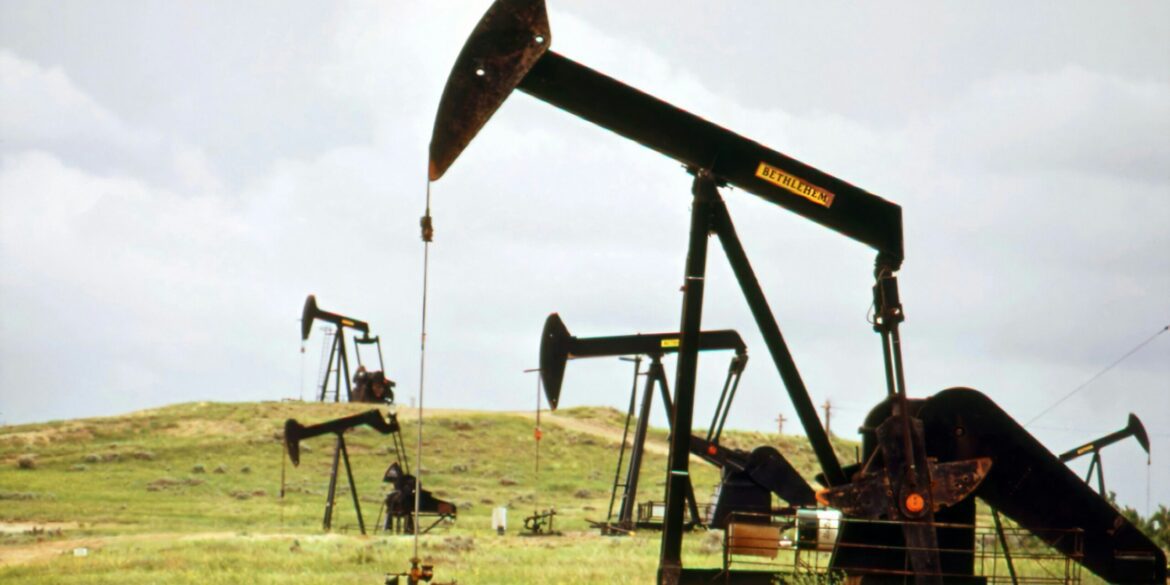The U.S. Department of the Interior has unveiled a proposal to amend regulations governing onshore oil and gas production, aiming to facilitate the commingling of resources from multiple leases using a single well pad. This initiative, primarily impacting operations in the western United States, is projected to save the energy industry up to $1.8 billion annually by enhancing operational efficiency and reducing administrative burdens.
Currently, the Bureau of Land Management (BLM) restricts commingling to leases with identical mineral ownership, royalty rates, and revenue distribution. These stringent requirements have posed challenges in regions with complex mineral ownership structures. The proposed changes seek to relax these limitations, allowing operators to combine production from leases with differing terms, provided they can accurately track production and calculate royalties owed to the federal government and tribal entities.
Interior Secretary Doug Burgum emphasized the need to modernize outdated regulations to reflect advancements in technology and industry practices. “The current rules were written for a different era,” Burgum stated. “These updates will help us manage public resources more efficiently, support responsible energy production, and ensure taxpayers and tribes receive every dollar they’re owed.”
The proposal aligns with the Trump administration’s broader “energy dominance” agenda, which advocates for deregulating the fossil fuel industry to bolster domestic energy production. President Trump’s tax law mandates support for commingling applications, further reinforcing the administration’s commitment to expanding oil and gas output.
Industry groups have expressed strong support for the proposed changes. The Western Energy Alliance, representing oil and gas producers in the western U.S., highlighted that greater access to commingling could significantly boost onshore production. “This is one of the quickest ways to increase production onshore,” the Alliance noted, pointing out that many projects have been delayed due to the BLM’s restrictive commingling policies.
Advancements in metering and measurement technologies have addressed previous concerns about accurately tracking production from commingled leases. These technologies enable operators to monitor output at the individual wellhead, ensuring precise royalty calculations and compliance with regulatory standards.
The proposed rule change is part of a series of actions taken by the Interior Department to promote energy development. In April, the Department announced a policy shift to boost offshore oil production in the Gulf of Mexico by expanding the allowable pressure differential for downhole commingling from 200 psi to 1,500 psi. This adjustment is expected to increase production output by approximately 10%, translating to over 100,000 barrels per day over the next decade.
Environmental groups have raised concerns about the potential impacts of increased oil and gas production on climate change and public lands. They argue that the administration’s focus on fossil fuel development undermines efforts to transition to renewable energy sources and address environmental challenges.
The Interior Department’s proposed rule changes will undergo a formal rulemaking process, including opportunities for public comment. Stakeholders, including industry representatives, environmental organizations, and tribal entities, are expected to engage in the discussion to shape the final regulations.
As the United States continues to navigate the balance between energy development and environmental stewardship, the outcome of this proposal will have significant implications for the nation’s energy landscape and its approach to managing public resources.

